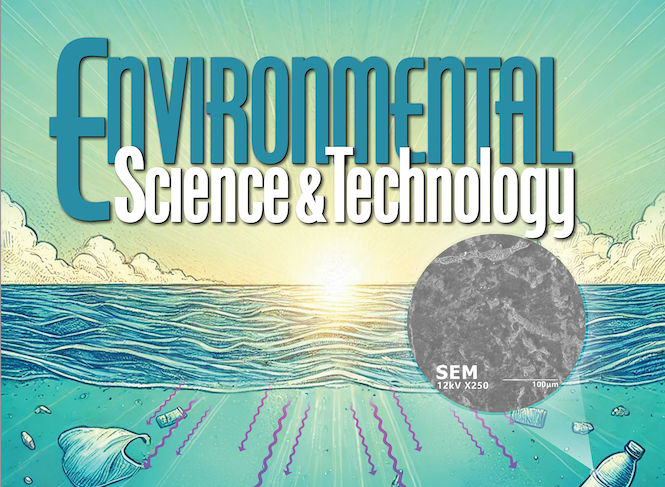About the Center
The 88th Texas Legislature made possible the creation of the Texas Gulf Coast Research Center, based at The University of Texas Marine Science Institute.
In cooperation with fellow UT scientists, as well as local and state partners, this Center aims to accelerate applied research, enhance impact and promote the flourishing Gulf Coast region as a focal point of ingenuity and progress, while allowing science and research to be nimble in responding to unforeseen issues affecting the Texas coast.
Research Projects
To date, the center has enabled the launch of 25 distinct research projects, covering a wide range of subjects pertinent to the future of communities and ecosystems along the Texas Gulf Coast.
-
Marine and Coastal Ecosystems
-
Developing a metabolic trait-based species distribution model for southern flounder
-
Research to reduce malpigmentation and improve stock enhancement of southern flounder in Texas
-
Disentangling plankton food webs along the Texas Gulf Coast to predict the future of estuarine ecosystems
-
Implementing plankton imaging and stable isotope analysis to examine the fine-scale transport and recruitment of blue crab to estuarine nursery habitat
-
Examining the role of coastal habitats for energy and nutrient fluxes from fishes to people: an integrative socio-ecological approach
-
-
Plastic Pollution and Environmental Degradation
-
Assessment of microplastics in wastewater treatment facility effluent discharges in the Texas Coastal Bend
-
Unraveling environmental plastic weathering and pollution on the Texas Gulf Coast
-
Mining Texas Gulf coastal microbial communities for novel plastic-degrading enzymes
-
Understanding how Gulf of Mexico waters influence microbial plastic degradation
-
Sudying Microbial degradation of Perfluorooctanesulfonic acid (PFOS) along the Texas Coast
-
Researching PFAS in red drum
-
-
Weather and Resilience
-
Assessing climatic impacts on wetland transformation and resilience along the Texas Coast using remotely sensed imagery
-
Understanding the impacts of extreme weather events on river flows to bays and estuaries on the Texas Gulf Coast
-
Examining the consequences of sea-level rise and land use on the energy budgets of Texas’ migratory shorebirds
-
Impacts of drought on the relationship between trait diversity and photosynthesis in Texas marshes
-
Assessment of carbon sequestration in wetland ecosystems
-
-
Innovative Solutions and Community Engagement
-
Seaweed farming as the basis for a new green economy in Texas intra-coastal waters
-
Creating community connections through a market analysis and needs assessment
-
Grant-writing workshops for Texas Gulf Coast Communities
-
Game modeling the impacts of disturbances on interconnected Texas Gulf Coast ecosystems
-
-
Wildlife and Habitat Studies
-
Dynamics of migratory bird use of critical coastal habitat using remote monitoring
-
Impacts of boat noise on fish movement and behavior in shallow coastal flats
-
-
Data Integration and Advanced Analysis
-
Integration of a 50-year curated dataset of stable isotope ratios of coastal and marine ecosystem components of the Texas Coastal Bend
-
Advancing DNA metabarcoding as a tool to shed light on the diverse diets of omnivorous fishes in the Texas Gulf Coast
-
Related News
Weathering Scratches the Surface of Plastic
Plastics can endure decades in the ocean, with minimal degradation, posing long-term risks to marine ecosystems, as shown by recent research.

Vital Seagrasses in Gulf of Mexico Are Retreating Amid Rapid Sea Level Rise
At the Gulf Coast, rising sea levels are linked to a loss of valuable seagrass habitats in Texas, new research has found.

Heartbeat of the Estuary
Philip Souza’s research is focused on the sounds that fish along the Texas Gulf Coast make to attract mates or defend territory.

